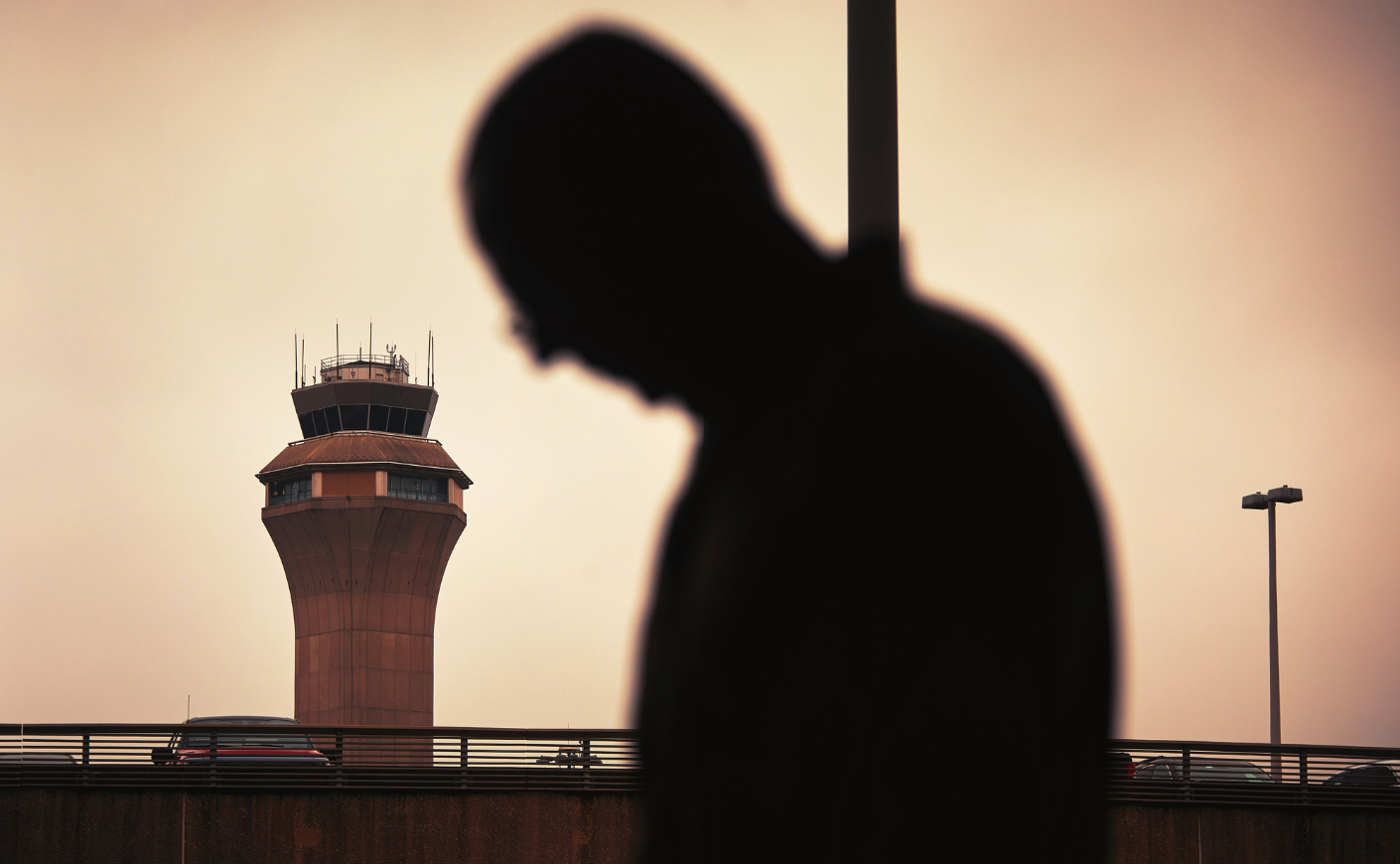Flight delays are nothing new at busy airports, but what’s going on at Newark Liberty International Airport is anything but typical.
Over the past week alone, more than 2,800 flights into or out of New Jersey’s main airport have been delayed, according to flight-tracking site FlightAware. And according to the Federal Aviation Administration, departures bound for Newark have been held up an average of two hours and 41 minutes.
What’s behind the chaos? A mix of staffing shortages, aging equipment, and ongoing runway construction has created a perfect storm at one of the nation’s busiest hubs.
Here’s a closer look at what’s going on at Newark, when this mess might clear up, and what’s being done to make the airport safer.
Why is Newark Airport experiencing so many flight delays?
On top of a nationwide shortage of air traffic controllers, Newark is facing staffing issues following alarming equipment failures.
Last week, the Philadelphia air traffic control center, which oversees Newark’s airspace, temporarily lost radar and communication with aircraft under its control. Computer screens went dark for 60 to 90 seconds, making it impossible for controllers to communicate with the aircraft. “They were unable to see, hear, or talk to them,” Galen Munroe, a spokesman for the National Air Traffic Controllers Association, told The New York Times.
As later revealed, outdated technology may have played a role — a problem not unique to Newark Airport. Transportation Secretary Sean Duffy, who visited the Philadelphia facility, estimated the system was 20 to 30 years old and promised upgrades.
After the incident, an unspecified number of controllers took time off using federally approved leave that’s available for traumatic events on the job. Their contract lets them take up to 45 days, as long as a doctor or counselor signs off. (The FAA confirmed in a statement Monday that some controllers were taking time off after going through “multiple recent outages,” though it did not offer specifics.)
The disruptions have stretched into this week as Philadelphia’s air traffic controller shortage has worsened. In a letter to customers released Friday, United CEO Scott Kirby announced that there would be flight cutbacks and claimed more than 20 percent of the controllers for Newark “walked off the job” that week.
There are other ongoing challenges as well. One of the airport’s busiest runways was closed on April 15 for a routine construction project that includes repaving, and it isn’t expected to reopen until mid-June. As a result, flights have been diverted to the remaining runways, adding pressure to an already strained system.
How long will these disruptions last?
Aidan O’Donnell, general manager of New Jersey airports at the Port Authority of New York and New Jersey, warned that the ongoing delays could last for weeks — or even months.
Airlines are still working to get passengers, crew, and planes back on track. That includes making tough decisions, like cutting flights to reduce pressure on the airport. Starting last weekend, United, which runs a major hub out of Newark, dropped 35 flights from its average of 328 daily round-trip flights out of the airport.
To help alleviate the staffing shortages, the Department of Transportation announced an incentive package to bolster air traffic controller numbers on Thursday and promised improvements to the country’s air traffic control infrastructure. However, these long-standing issues with the Federal Aviation Administration’s infrastructure could take years to correct.
So if you haven’t booked your flight yet, it may be worth considering alternative airports like JFK or LaGuardia in nearby New York City — though those come with their own share of delays. And if you already have a connection through Newark, it might be wise to look into rebooking through a different airport. United is currently offering a temporary travel waiver through Monday, allowing travelers to change their plans without a fee (restrictions apply).
But if avoiding Newark isn’t an option, travel industry analyst Henry Harteveldt told The Washington Post that travelers should build in plenty of buffer time between flights in case of delays. And if you’re flying internationally, he recommends arriving the day before your departure, rather than trying to make a same-day connection. All that to say, if Newark’s on your itinerary, give yourself time — and a backup plan.









